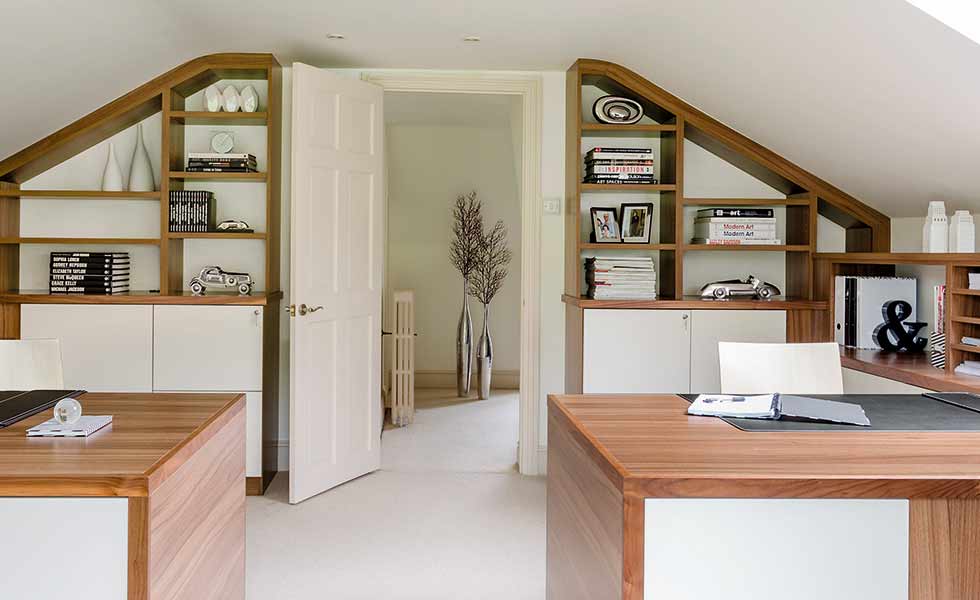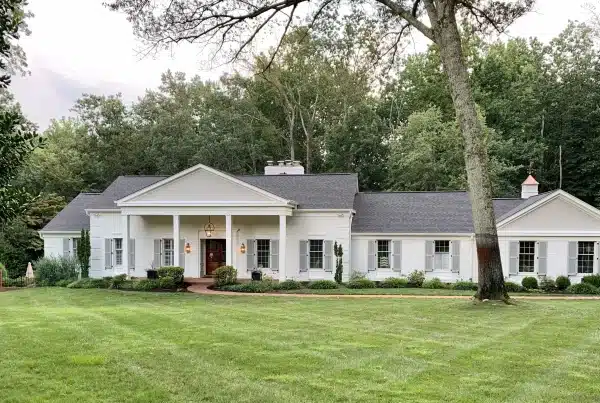As a new trade business, it can be difficult to discern exactly what services you should be providing. With trade businesses in particular suffering from shortages of workers, demand for work is higher than ever. But where does that demand stem from? A key majority of trade work comes from domestic households, or in service of domestic households – with loft conversions a particularly popular service. Here is everything you need to know about loft conversions.
What is a Loft Conversion?
To the layperson, a loft conversion is simply the re-purposing of cavity space between the top floor and roof of a home as an additional room. For tradespeople, the answer is a little more complex. Loft conversions can be as basic as the insulating, boarding and plastering of existing surfaces to create a pitched space, or as complex as building an entirely new roof structure in service of adding height and walkable space.
Loft conversions come in four distinct types. Rooflight loft conversions are the simplest, involving the install of a window into the sloped roof. Dormer conversions see a box structure jutting out of the sloped roof, to enable the installation of a conventional window, while Mansard conversions replace a slope entirely with a new steep-sloped box structure. Lastly, hip-to-gable conversions see an end-slope ‘corrected’ to a vertical wall.
The Benefits of Loft Conversions to Clients
Loft conversions are a lucrative service to offer clients, on account of their relative ease and affordability in comparison to more costly, more involved extension projects. But why might potential clients be interested in loft conversions at all?
Any project that adds usable square footage to an existing property is all-but guaranteed to add market value to said property. Even if a client does not need the space for their own personal needs – whether a growing family or a new life working from home – the loft conversion perhaps represents the renovation project with the best cost-benefit ratio. Renovated lofts add a fifth to the value of a property on average, and require less in the way of man-hours and logistical planning.
Undertaking a Loft Conversion
Loft conversions have three basic steps to them: clearing; installation; and decoration. The clearing process describes the stripping of the loft to its basic shell form. This is essentially the stripping-out of old insulation and cladding to make way for a fresh start.
The installation process begins with the installation of fresh timber supports to ensure structural security. This is especially important where dormer or Mansard conversions are concerned, which will see varying amounts of roof structure removed altogether in service of a new box structure. The most involved part of the installation process is the removal of roof material for windows or new roof structure.
With basic structures in place, roofers can begin to seal and finish the new roof from outside. Meanwhile, joiners can set to the creation of insulated walls within, adding new studs where necessary and packing with insulation before plastering over ready to decorate. Electricians are also required to wire the roof for domestic electronics.
Lastly, the decoration phase is the simplest phase. The conversion is essentially finished, with finishing aesthetic touches in the hands of the client.








